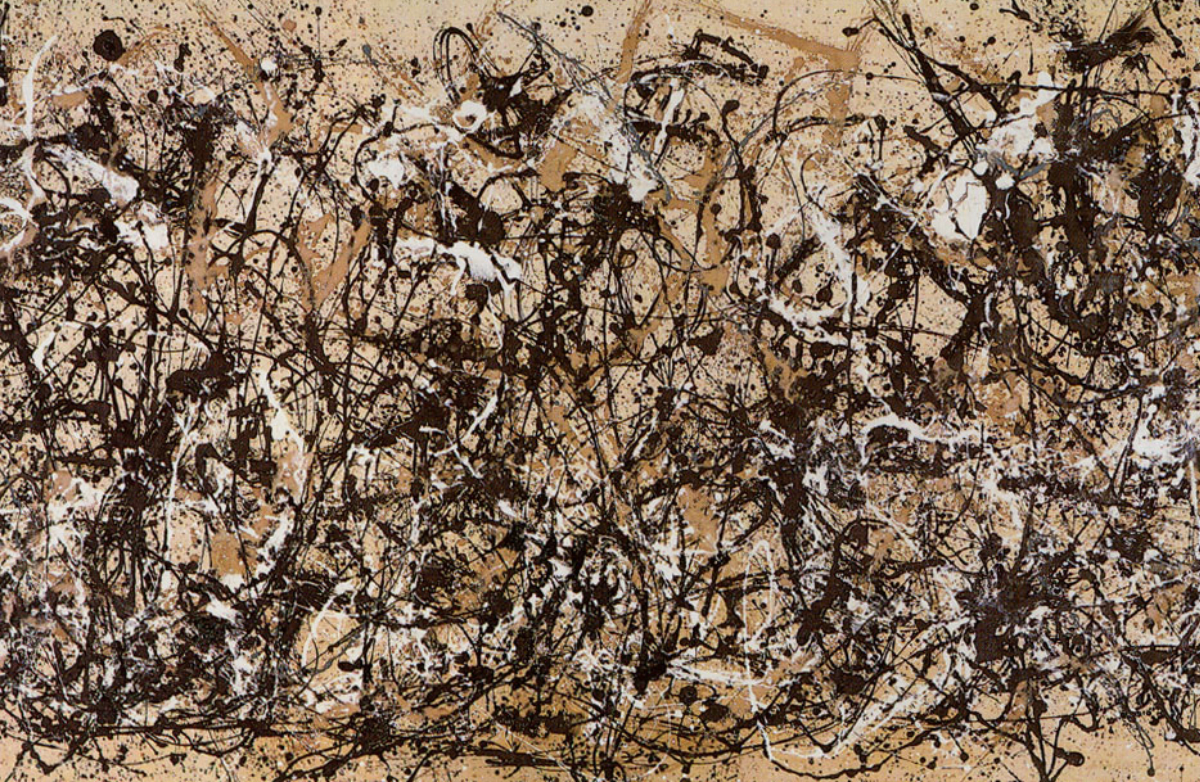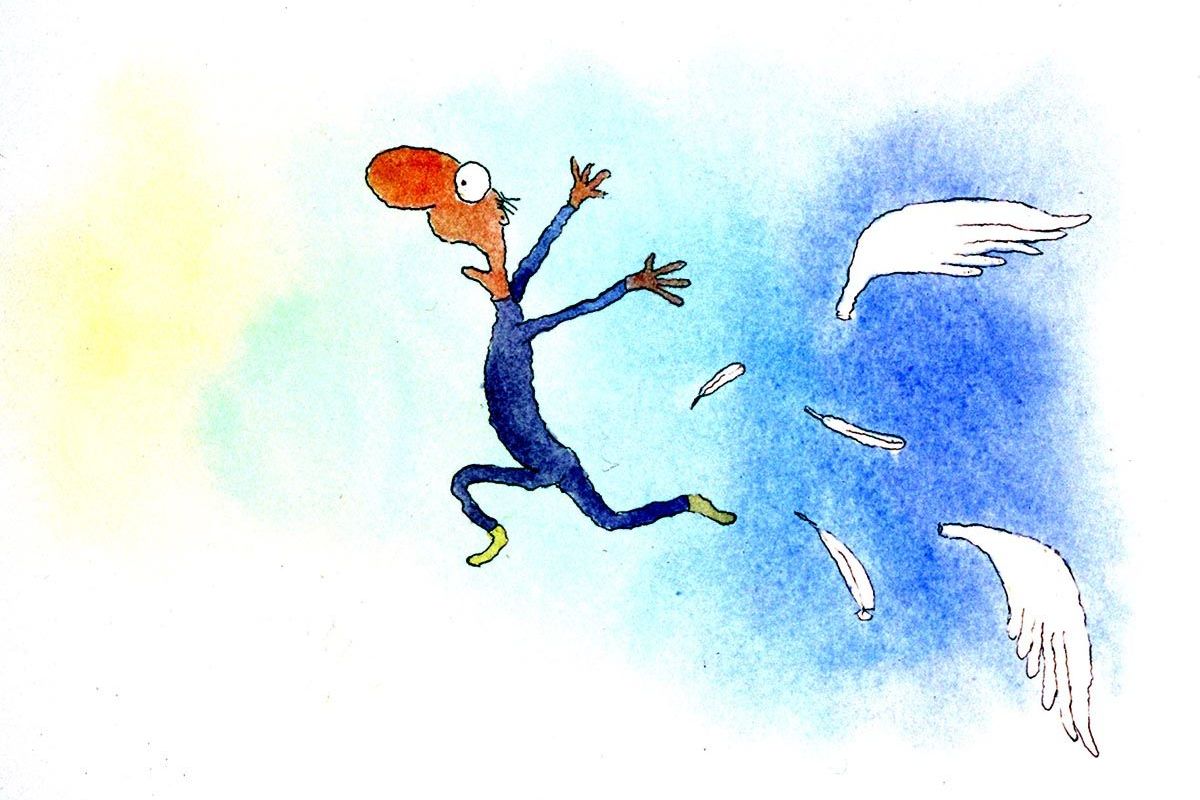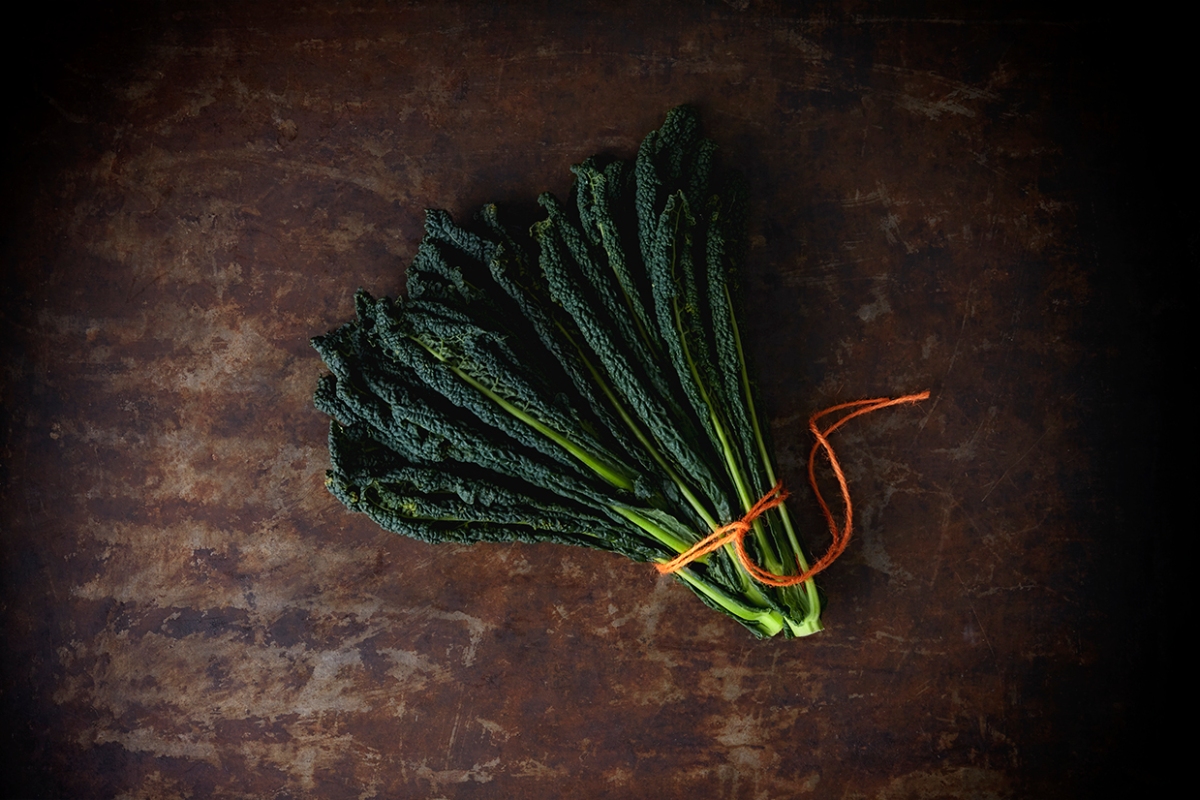Image – @leunigcartoons
Inspiration – How what is counter intuitive is often the best way forward in crisis.
Provocation – Thinking about how challenging it is for so many to spend time alone.
Note – I, like many others, have lived though a good share of loss and trauma, of both the economic and emotional kind. I know first hand how challenging it can be to react with calm and kindness. None of this is easy, but within every difficult life event there is that which is challenging, and the suffering which we create and mount on top of that challenge to make it near impossible. Today I am speaking to the later.
Around day three or four of a mediation retreat something happens.
Almost everyone starts crying.
I’ve often thought of this as a moment of reckoning. As in, the moment that the participants recognise the true consequences of the decision they have made to take themselves away from the aspects of their life into something, that for many is the absolute opposite of their normal behaviour.
It’s a surrender of sorts. One where the war between quitting and leaving the retreat and the keeping of the commitment to do it in the first place come to completion and just under the surface of this, is the beginning of all the things you have been avoiding.
We live in a world, that has highly pervasive narratives around action.
How the doers among us, the strivers, the builders are the winners. We must keep moving forward. It’s patriotic to do so. Doing, is touted as the answer to most things. It is the foundation of shame. It’s imbedded into our language, our habits and our psyches.
This isn’t all bad, productivity has led us as a species to drastically improve our quality of life. As someone that’s founded companies and created things within the world, I have seen first-hand the magical outcomes that focused action can produce.
I have however also seen, what happens when a narrative turns orthodox.
To be a doer is anointed, to be a non-doer is almost sacrilegious within the practice of the social religions of our societal behaviour. To not do is to be unproductive. To not do is a privilege. To not do is lazy. To lack action is to miss out, mess up, fail.
Here is a 2 minute excerpt from a recent podcast by Naval that frames this concept really clearly.
So, what happens when we are all called to stop, all at the same time? When the future is more uncertain (for many) than it has ever been before, how do we create the kind of space we need to make the decisions that will align our circumstance to our longterm needs?
Let’s go back to the retreat setting and walk though that from day one to three as a micro-example of global social isolation.
Day 1 –
First you arrive in your new place of isolation. Whatever has got you here, the reasoning that has led to this outcome, has passed, you have accepted that you are here.
You are looking around and although the accommodation looks familiar, like the photos from the brochure, you feel anxious, you ask yourself questions like; can I be confined in this space for this length of time and be ok?
You recognise that you have invested real effort to make sure you chose the environment that had the kind of people that are “your people” within it, but there is that decision, and then there is the reality of being in a confined place with only them for a long period of time. If you have chosen an entirely solo experience you question if you really understood the true consequence of that decision.
Yet you are here. You have no choice but to take it in your stride and you move forward.
Day one at a retreat, is akin to week one of social isolation. We all made it though week one. What’s next?
Day 2 –
You have explored every square inch of your new space. You have walked all the paths, rearranged your space to match your preferences for comfort, kept to the script, followed the routine.
You feel a little strange. You say things like; this isn’t so bad, after all.
Your day feels strangely full, even though many of the things you would usually have done in a day you are not doing, there are other things that have filled this space and you feel secure in your ability to continue to fill that space, keep this pace, like this place.
You feel meta about the situation, philosophical almost, you miss your old life, but with a playful reverence. Can’t want to go here, do that, be there, tell so-and-so about that.
Day two of a retreat is akin to week two of social isolation. We all made it though week two, maybe some of us are slightly more afraid and others slightly more apathetic, but we made it none the less. So what’s next?
Day 3 –
Today you woke up and realised that you are not yet halfway into this experience.
That you have tasted all the food, seen all the places, organised everything twice over, found all the things that annoy you and that are lovely. You have done all that can be done, have all that you need within the parameters of where you are, and this is it. This is it. Here you are.
Now what? You feel lethargic.
Disoriented, not only by the choices that put you here, but by this growing feeling like something has been stolen from you. You feel compulsive, reactive.
Your mind is searching, scrolling through your environment looking for entertainment. Something to steal your attention away. Somewhere to lay your discomfort to the side for a minute, or an hour or a day.
You feel a build-up, that you can’t quite put your finger on, at first it comes out as irritation.
Why does that door keep creaking and distracting me? Why can’t I get my food like this? Why is that person coughing, sniffling, moving, breathing? Why is everyone breathing so loud? Arrrrr.
You might even let this anger out. You spill it around you, over others, into the world. Yet, you still feel the same. It keeps building.
You click into the next level of action. You declare to yourself – “Let’s fix everything!”.
You ask, what can I contribute to? How can I take what I feel and give it away to a good cause? How can I be useful?
You quickly realise that under the circumstance, even as cleaver as you are, what you can do to help, is limited and short lived.
It keeps building. You flick though all your weapons of distraction, you eat, you exercise, you learn, you try to hijack the attention of others. It’s still building. You go to bed early, exhausted from doing nothing. You wake up at 4am, crying.
Day three to four of a retreat, is akin of week three of social isolation.
It’s amazing how little people cry nowadays. Then when we do, we do so apologetically. The Inuit tribes would say that the feeling of sorrow comes when we are crying inside. So even with the absence of tears, we still cry, just silently.
So why do we cry on day three?
When we break the patterns of our life. When the distractions fall still, and the compulsions are exhausted. What we are left with is a forced confrontation with ourselves.
In a society that has become religious about productivity, stopping to look inward. Being still and calm; Doing nothing, is seen as having chosen to fail. Like the ultimate life regression. You lose.
Day three of a retreat, (and the now impending week three, for many, of social isolation) is a breaking down of everything that prevents us from stopping.
What we have denied, what we have avoided, what we have lied to ourselves about. It’s sitting just behind our distractions. Realising that no one is going to rescue you.
I know what you are thinking! This is not the break through that’s often touted about retreat experiences, far from it. Sorry to be the one to tell you, but to break though, you first need to break down.
Day three is simply brokenness. A clear view of everything that’s broken in our lives, that is of course, if we are willing to look.
It’s confronting when we remove all the forces that distract us, steal our focus and occupy our sensibilities. Often, it makes us cry. Not in the sad movie kind of way. We cry as a release.
The truth of how things are, even when everything is beautiful, is raw and moving. Everything alive, needs moisture to survive. Crying, enables a process to continue when it would otherwise collapse. A release when the build-up is to much to hold inside.
This kind of crying, jut like this kind of isolation, makes space for us to see all the things we have stolen from ourselves, deprived from our relationships, our creative lives, our potentiality in the name of productivity or social norms.
We start to ask ourselves, as we move into this kind of isolation, what is it in us that needs to be released? Freed? Let go?
In accent fairy tales and indigenous tribal stories there is a leitmotif called the “thrown object”. This might be depicted as the magical object thrown to the ground that builds a wall of protection or a potion that creates immunity, or a trap that slows the pursuer from catching the pursued.
Perhaps if the world all made the choice to look clearly at the truth in front of us, at this time, we would brew the kind of potion that gives us clear eyes to look out at what we have all created. To see clearly the decisions we have made that have stolen and extracted resources, from ourselves and others, in excess of what we really need. The decisions that have led us all, in some way to extract more than we have given to society, the earth.
I’m not suggesting that you meditate. Nor do any other kind of practice. I’m simply suggesting that, while we are all here, in isolation, we have an opportunity of sorts. Perhaps it’s time to check in with where we are. What we are creating and tell ourselves the truth about it. A minute even, to stop focusing on what comes next. Accept where you are today. Let go of needing something or someone to save you.
Here is another clip from Naval that says this in a different way.
Self-soothe. Hold yourself. Make space for yourself. Tell yourself some truth.
Understand what it is that you are really experiencing, what decisions you are making and what truth you can tell yourself at this time that will enable you the freedom to react and respond to the real challenges that we still face ahead, in a way that is in our individual and collective best long term interests.
If you so dare to use this time, to stop everything, to stand still. You may stumble across a new path that can not just elevate you now, but always.
“The challenge of being forced outside your normal patterns can lead to new ways of thinking and behaving that open doors never noticed before” – Rick Rubin.
I know, it’s hard, it’s painful and it’s scary. I in no way wish to diminish your experience.
What i’m suggesting is that if you can release all your expectations, let go of your plans (as good as they were), assess your distractions and reconsider your dreams, this might turn out to be the most productive few weeks of your life.
– End –
Personal Note –
If you think I can assist you with anything you need at this time – send me a note here 🙂
















